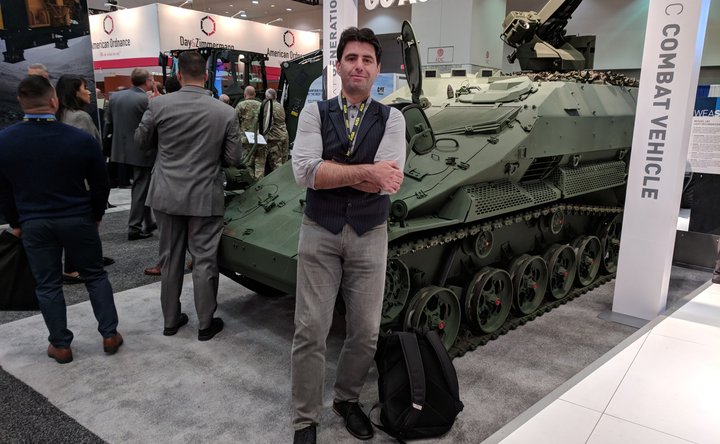Procurement struggles and stretched resources hinder Guatemala
Lacking hefty procurement budgets, small Central American countries are struggling to fulfil their defence equipment acquisition ambitions – and the situation is only likely to worsen once the ramifications of COVID-19 become clearer.
Guatemala, for example, has unsuccessfully attempted to repair and upgrade two of its nine Bell UH-1H Iroquois helicopters and one Beechcraft Super King Air 200 ISR aircraft.
A recent attempt to modernise the Hueys was scrapped because the offer made by the sole bidder exceeded what the government was prepared to pay; while repairs to the Super King Air were cancelled due to changes in the
Already have an account? Log in
Want to keep reading this article?
More from Defence Notes
-
![UK releases security strategy and plans for future defence spending boost]()
UK releases security strategy and plans for future defence spending boost
The UK’s National Security Strategy brings together the recently released Strategic Defence Review (SDR), Strategic Security Review, AUKUS Review and Industrial and Trade Strategies. At the same time, the UK made a commitment to reach defence spending of 5% of GDP by 2035 and Germany committed to 3.5% by 2029.
-
![Pentagon’s FY26 defence budget proposal is $130 billion more than US Congress plans to provide]()
Pentagon’s FY26 defence budget proposal is $130 billion more than US Congress plans to provide
The House Committee on Appropriations approved a FY2026 bill reducing investments in main defence programmes.
-
![What role could holographic and 3D capabilities play in the warfare of tomorrow]()
What role could holographic and 3D capabilities play in the warfare of tomorrow
Holographic and 3D technologies have been lauded by some for their ability to provide technical and operational advantages for military training and planning. But is the hype truly justified?
-
![Unfolding the Golden Dome for America: Seven things you should know about the programme]()
Unfolding the Golden Dome for America: Seven things you should know about the programme
Shephard talked to multiple experts about the most pressing concerns and considerations regarding the air defence system advocated by President Trump.
-
![Industry welcomes UK Strategic Defence Review, but pressure remains on future defence investment plans]()
Industry welcomes UK Strategic Defence Review, but pressure remains on future defence investment plans
While industry reception to the SDR has been positive, questions still remain from analyst and trade associations about what this could mean for future investment and the future UK Defence Industrial Strategy.























